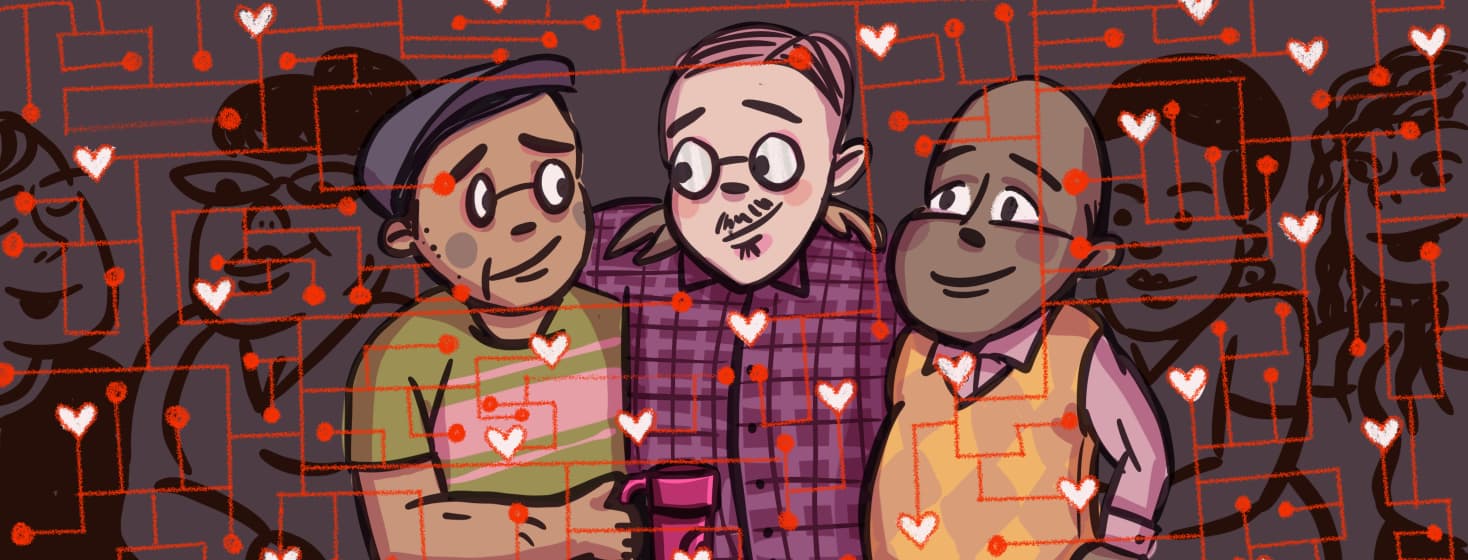Taken for Granted
Recently, two friends of mine had pacemakers installed to regulate their heartbeats and to combat atrial fibrillation. Both of them are doing very well, having regained energy and lost some anxiety about the future.
I have several other friends who have pacemakers and they all live normal lives with abnormal heart conditions. The experiences of my friends made me reflect on my own experience with coronary artery disease and the degree to which I take for granted the astonishing technology that has prolonged and helped maintain the quality of my life.
Angiogram and angioplasty
When my heart problems started in 2010, I immediately benefited from two procedures that quickly identified and then helped fix problems in two arteries in my heart: angiogram and angioplasty. An angiogram is a test that involves X-ray images that help doctors determine if blood flow to the heart is restricted. An angioplasty is a procedure that doctors can perform to open any clogged arteries found.1
In 2010, it was found that I had two blocked arteries, one of which was the left anterior descending artery, also known as the “widowmaker". Two years later, I experienced a mild heart attack, and another blocked artery, the circumflex, was discovered through an angiogram. Two of the three blocked arteries were opened through the use of stents, while the other, due to its awkward location, was treated through medication.
Stents
A stent itself is a modern medical miracle. It is a tiny tube (less than an inch long!) used to open an artery that is narrowed by a buildup of plaque. If left untreated, this narrowing of arteries can lead to chest pain and even heart attacks.2
Both of my stents were installed via angioplasty. As mentioned above, angioplasty is a procedure that doctors can perform to help open clogged heart arteries. It is truly a remarkable process involving a tiny balloon to help expand the arteries, stents, and even coated medication to assist in keeping the artery more open.3
The first angiogram was performed in 1958 and the first angioplasty in 1977. The first stent was installed in 1986. So the three technologies combined that may have saved my life have only been available for the last thirty-five years, a little less than half my lifetime.1-3
Reflecting on good fortune
When it comes to my body, there are countless things I take for granted. The “simple” act of breathing every second is one of them. When it comes to technology to care for my body and lengthen my life, there are countless more. Thanks to my friends and their new pacemakers, and a little reflection on my part, I’ll be more mindful of how fortunate I am to live in an age when a blocked artery doesn’t necessarily lead to premature death.
Do you have a heart failure treatment or surgery story? Click the button below to share with our community!

Join the conversation